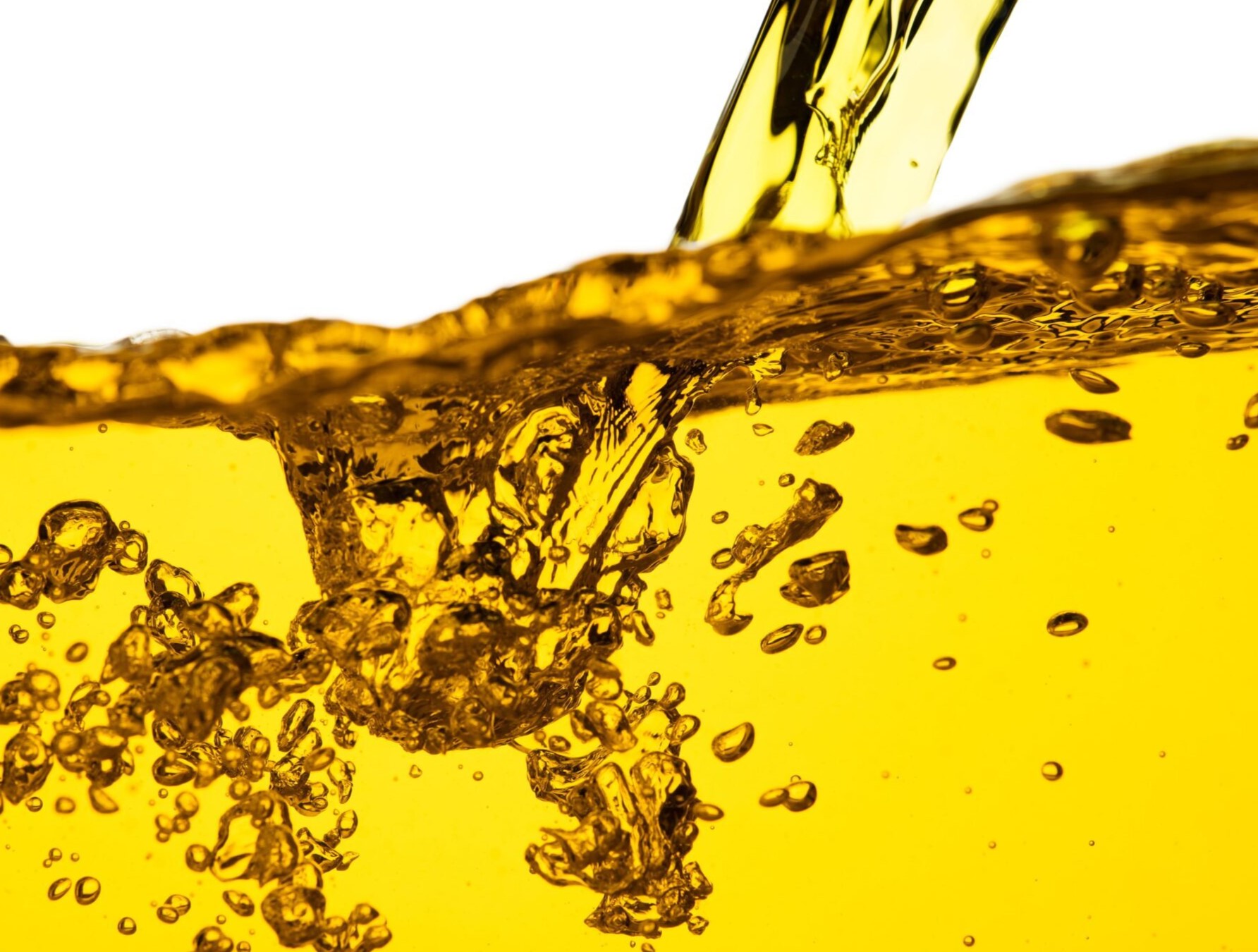
Base Oils
Lubricant used across industry today had its beginning as just a base oil. The American Petroleum Institute (API) categorized base oils by composition and placed them in five categories (API 1509, Appendix E). The first three groups are refined from petroleum crude oil. The fourth group (Group IV) are full synthetic (poly-alpha-olefin) oils. The fifth group, Group V, are all other base oils not included in the early groups. Before engineering and blending takes place, lubricating oils begin as one or more of the five base groups.
Technological advances in the refining of base oils had such an impact over the solvent refining techniques, which saw the API in the early 1990’s, implement a system for describing the various base types. This change saw the further development and introduction of base oil groupings.
Group I Solvent Refined Mineral Base Oils
These base oils have an amber or golden colour to them due to impurities that remain in the oil. They typically have a viscosity index, VI, from 90 to 105. Viscosity Index is an empirical figure that describes the change in viscosity with temperature. Group I base oils are the most common type used for industrial oils. Group Ⅱ base oils are becoming more common place in these applications.
Group II Hydrocracked Base Oils
Group Ⅱ base oils have better anti-oxidation properties. These advantages play out through #Better Thermal Stability # Improved Oxidation Stability which in turn results in #Longer service life # Increased component Protection and # Increased resistance to the formation of Sludge and Lacquers.
Group III The Technological Advances paves the way into Synthetics
Group III are refined even more than Group II base oils as they are subjected to more severe hydrocracking which involves higher pressure and heat.
Group IV PAO Base Oils
The “new” Group III oils were not manufactured from the small molecules synonymous with traditional synthetic base oils but they bridged the performance gap at a lower cost. This resulted in some manufacturers replacing PAO’s with Group III base oils in their “synthetic” engine oils. This created controversy as the term “synthetic” began to take on a new meaning, because some in the industry believed PAO’s were the only true synthetics. A landmark court case between two lubricant manufacturers in 1999 saw the National Advertising Division of the Council of Better Business Bureau hand down a decision declaring Group III base oils as being “synthetic” because modern base oils produced using hydro isomerization technology had the same performance dynamics as the early synthetics.
Group V
Group V bases are not used as base oils on their own but are used primarily in combination with other base stocks to bring beneficial properties to those other bases. An example would be in the production of a compressor lubricant where synthetic bases are combined to improve the formulation and hence its performance characteristics for its intended use.
